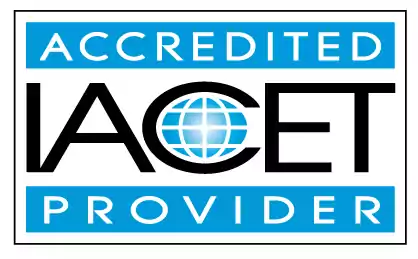Identify the stages of second language development in young children and how to partner with families.
Central Objective: Identify the stages of second language development in young children and how to partner with families within early childhood education and child care centers. Supporting Elements: Describe the stages of emotional development in young children to inform responsive, family-engaged practice.Trainings incorporating this outcome
CDA Subject Areas
Proficiency Level
Topic Areas
120 hours courses
Related Outcomes
- Describe the stages of emotional development in young children.
- Identify the importance of math instruction with young children.
- Define social emotional development in young children
- Demonstrate understanding of the effects of media on the growth and development of young children.
- Identify Jean Piaget's stages of cognitive development.
- Identify stages and milestones of development for ages 1 to 5
- Recognize the importance of demonstrating respect for the diversity of all children and youth and families’ culture, language, and religion in all interactions (anti-bias and cultural responsiveness techniques).
- Identify common interaction strategies to help promote a positive classroom environment for young children.
- Recognize that children develop independence at different stages.
- Identify ways to support children’s development using the arts.
- Identify the components of positive relationships with children, co-workers and families.
- Identify the importance of language and literacy development in early childhood.
- Recognize the importance of demonstrating respect for all diversity and providing activities that reflect a welcoming environment for all children, youth and families, regardless of culture, language, or religion, or strengths, talents, and abilities.
- Identify strategies to support language and literacy development in early childhood.
- Demonstrate an understanding of brain development in young children.
- Demonstrate understanding of brain development in young children.
- Identify the types of sun rays and their benefits to young children and the earth.
- Identify different learning styles of young children
- Identify and contemplate bias and explore anti-bias approaches that support working with children and families.
 12 CEUs
12 CEUs